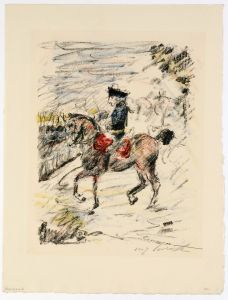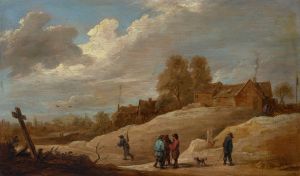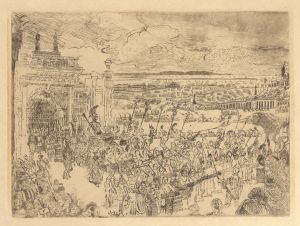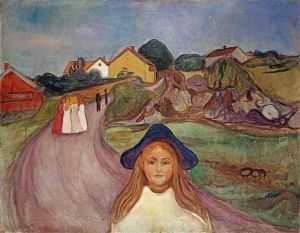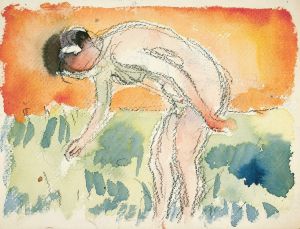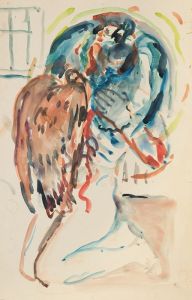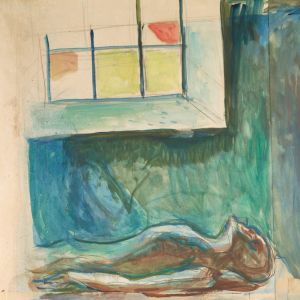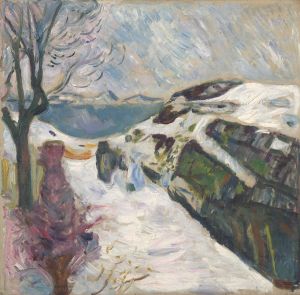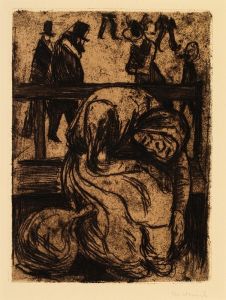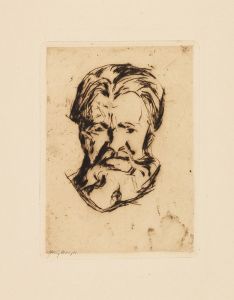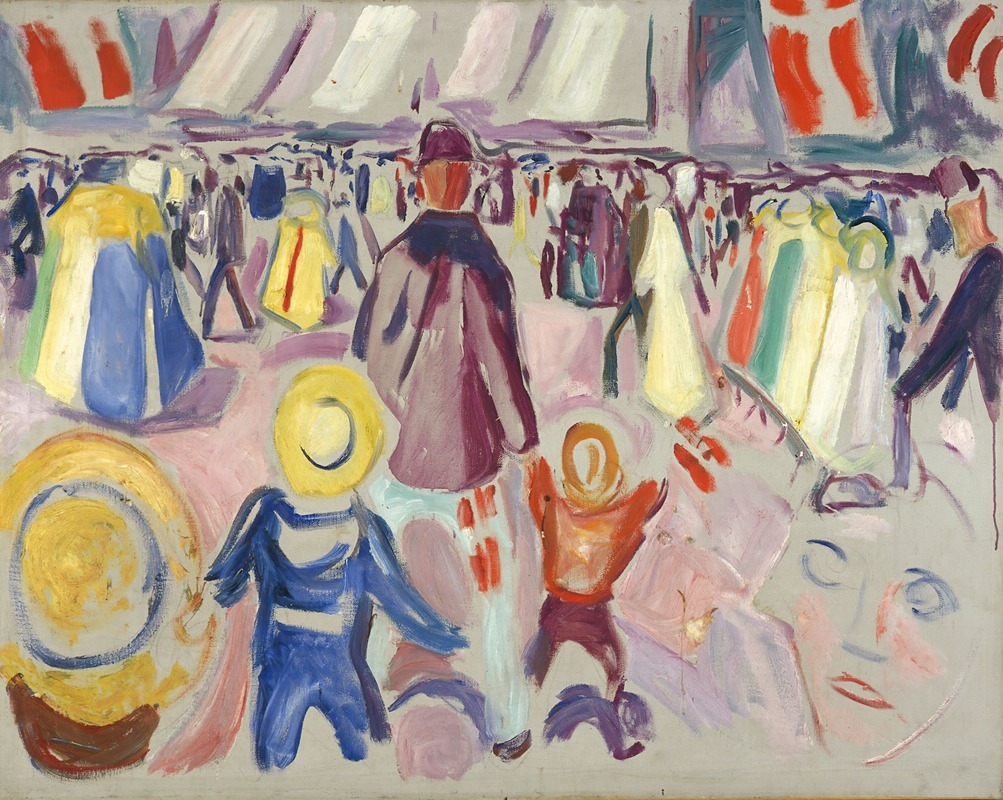
17th of May in a Small, Norwegian Town
A hand-painted replica of Edvard Munch’s masterpiece 17th of May in a Small, Norwegian Town, meticulously crafted by professional artists to capture the true essence of the original. Each piece is created with museum-quality canvas and rare mineral pigments, carefully painted by experienced artists with delicate brushstrokes and rich, layered colors to perfectly recreate the texture of the original artwork. Unlike machine-printed reproductions, this hand-painted version brings the painting to life, infused with the artist’s emotions and skill in every stroke. Whether for personal collection or home decoration, it instantly elevates the artistic atmosphere of any space.
Edvard Munch's painting 17th of May in a Small, Norwegian Town is a lesser-known work by the renowned Norwegian artist, best known for his iconic painting The Scream. This artwork depicts a scene of celebration on Norway's Constitution Day, which is observed annually on May 17th. The day commemorates the signing of the Norwegian Constitution in 1814, marking an important moment in the country's history and national identity.
The painting captures a festive atmosphere in a small Norwegian town, with townspeople gathered to celebrate the occasion. Munch employs his characteristic style, using expressive brushstrokes and a vivid color palette to convey the mood and energy of the event. The composition includes figures dressed in traditional Norwegian attire, known as "bunad," as well as flags and other symbols associated with the national holiday. The scene reflects the communal spirit and pride that are central to the celebrations of May 17th in Norway.
While Munch is primarily associated with themes of existential angst and emotional turmoil, this painting offers a glimpse into his ability to portray collective joy and cultural identity. It is an example of how Munch's work extended beyond his more famous psychological and symbolic explorations, encompassing a range of subjects and emotions.
The exact date of the painting's creation is not widely documented, and it is not considered one of Munch's most prominent works. However, it remains significant as part of his broader body of work, which often reflected his deep connection to Norwegian culture and society. The painting is an example of Munch's engagement with national themes, highlighting his role not only as an innovator in modern art but also as an artist deeply rooted in his homeland.
Further details about the painting's current location, provenance, or exhibition history are not readily available in public records. As with many of Munch's works, it is possible that the painting resides in a private collection or is part of a lesser-known museum collection.





